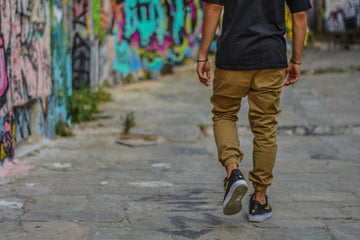How Do Foot Drop Braces Work? Best Foot Drop Braces Compared


Posted by:
Johannes Sauer
Reviewed by:
Updated at: December 10, 2024
CHECK OUT THE LATEST IN ADAPTIVE FOOTWEAR...
FAQ
What is the most effective treatment for foot drop?
Can you walk with a foot drop brace?
How do you live with permanent foot drop?
Can foot drop be corrected without surgery?
What is the best brace for foot drop?


![[color: black] Original Men's Adaptive Shoe](http://cadense.com/cdn/shop/files/Mens-BLK-T1-LG.jpg?crop=center&height=300&v=1765338442&width=300)
![[color: white] Original Women's Adaptive Shoe](http://cadense.com/cdn/shop/files/Womens-WHT-T1-LG.jpg?crop=center&height=300&v=1765381322&width=300)





